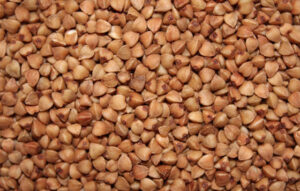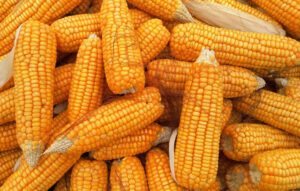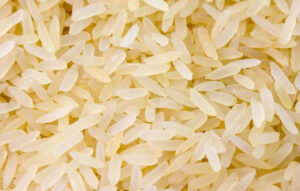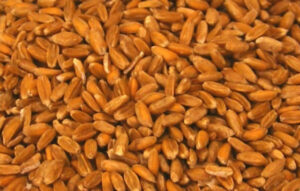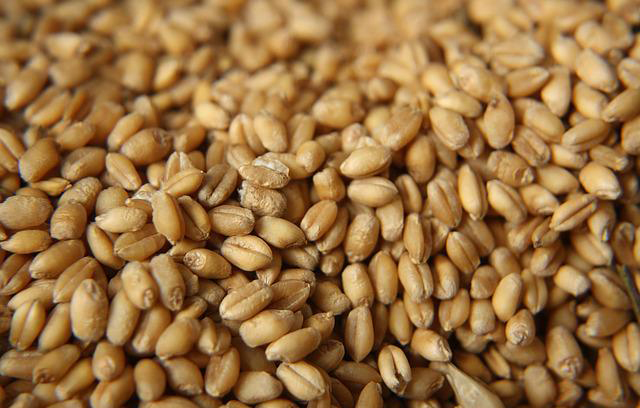GrainProTrade – Barley wholesale at producer prices
Company GrainProTrade delivers barley directly from farmers in Ukraine on favorable terms. Our barley has a nitrogen content of 1,7%, a moisture content of 14% and a hectolitre weight of 65 kg/hl.
You can safely buy barley from us without worrying about the quality, because all our products are consciously selected by our QM employees in Ukraine and thus meet the highest standards, which guarantees the expected quality of the goods. Besides the high standard, the products are sold at an affordable wholesale price. The conditions for the sale of barley can be specified at any time in writing or by telephone with the manager. Our team provides our customers with the in Big Bag barley ordered packed by truck within 5 working days.
Current prices for barley:
- barley for FCA-Price from €320/ton plus freight costs.
The main advantages of the ZusaWorking with our company:
- the high level of professionalism of our entire team, which ensures a hassle-free delivery of quality barley in the shortest possible time;
- an appropriate price level, since we work directly with barley producers in Ukraine, e.gusamen work;
- convenient delivery straight to you.
Contact our managers on the website or by phone. We offer high quality barley at an optimal price!

Barley

Barley
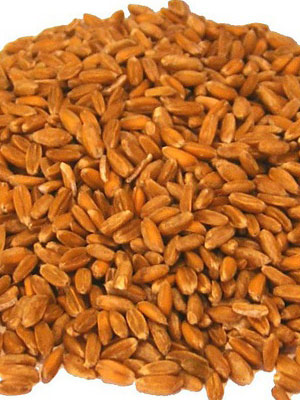
Barley

Bread

Beer
All about barley
Barley is a genus of plants in the bluegrass family that has been cultivated for at least 10.000 years. Cereals have useful and nutritious properties. It is used as food for both humans and animals, it is used in brewing, cosmetology and alternative medicine.
The chemical ZusaComposition of barley is saturated with vitamins, fiber, micro and trace elements useful for the body of plant compounds. The calorie content of barley per 100 g is 281,6 kcal. The main calories appear due to the high rate of carbohydrates, but the use of barley will not affect weight gain (unless you specifically introduce yourself), and with a balanced dosage, on the contrary, it will help to lose weight.
Barley is a real storehouse of vitamins, macro and trace elements. It contains a high fiber content. And it also contains vitamins B, PP, E, H, choline, phosphorus, chlorine, sulfur, potassium, sodium, calcium, potassium. The grain contains iron, iodine and zinc, copper, selenium and molybdenum, silicon and manganese, chromium and fluorine, aluminum, titanium and zirconium.
Barley is an annual agricultural crop of the bluegrass family, or grain. In culture, mainly ordinary barley is used.
The root system of barley is wet. The stalk is up to 160 cm high and up to 0,5 cm thick in the lower part of the stalk, which gradually decreases upwards, which often causes ear fragility and leads to crop shortening. The leaves are long (up to 25 cm), wide up to 3 cm, narrow, a structure typical of cereals. Arranged alternately. One of the most important characteristics of the variety is the shape and color of the ears.
The inflorescence is an ear consisting of a core and bisexual flowers. The fruit is an elongated yellow grain up to 1 cm long and about 3 mm in diameter. The growing season of barley varies depending on the variety and the conditions under which it is grown. Among cereal plants, this is the precocious culture. Early-ripening spring barley varieties ripen within 63-70 days, mid-ripening 75-90 and late-ripening 100-120 days.
Barley has a wide variety of forms adapted to growth in different soil and climatic conditions. The relatively short growing season allows the cultivation of barley even in the northern areas of agriculture. In addition, barley is characterized by rapid development, which makes this culture irreplaceable not only in the northern regions, but also in hot, acutely dried areas. Barley more productively uses the reserves of winter and spring moisture, has time to form the grain before the onset of dry and hot weather of the second half of summer. For this reason, in dry areas, barley gives higher and more stable yields than wheat and oats. Many varieties of barley have heat resistance and salt resistance.
Despite the ecological plasticity, the malting barley varieties are mainly grown in mid-latitude areas with a temperate climate and sufficient rainfall in summer. Only under these conditions is a grain formed that meets the requirements of the brewing industry.
The barley grain begins to germinate at a temperature of 1-2 °C. However, under these conditions, the germination process is extremely slow. At a temperature of 4 °C you need five to seven days, at 10 °C three days and at 16-19 °C one to two days to stick barley seeds. The duration of the period from sowing to the appearance of shoots depends on the soil temperature (the higher it is, the faster the shoots appear on the surface). However, the most favorable temperature in the first phase of barley development is 10-15 °C. A higher temperature accelerates development and at the same time shortens the duration of the phase of foliage and the formation of elements of the productive ear.
Barley sprouts can withstand short-term frosts of up to 5-8 °C. Lower temperatures damage the tips of the leaves and can lead to the complete death of aerial organs with prolonged exposure. In the late stages of development, barley cannot withstand sub-zero temperatures. Barley is less demanding of water and uses it more sparingly than wheat and oats.
The process of barley germination begins when the grain absorbs water in an amount equal to half its weight. This is significantly less than is needed for wheat and oats. In moisture-friendly conditions, the barley grain swells after a day, with insufficient humidity, this process takes longer.
The total water consumption of the plant increases between sprouting and sprouting. The maximum flow occurs in the phases of exit into the pipe - piercing. The lack of water during this period negatively affects the yield of grain. The lack of moisture during milk ripening is accompanied by premature drying of stems and leaves, the cessation of starch formation in grain, an increase in protein nitrogen content, a decrease in orientation and grain size.
Barley belongs to the group of long-day crops and requires relatively long lighting for its development. Therefore, the growing season for barley in the northern regions is shorter than in the south, where the light day is shorter.
Barley is a demanding crop for soil fertility biological properties (intensive accumulation of organic matter in a relatively short time and relatively weak development of the root system). Barley grows poorly on areas with high acidity of the soil solution. Young plants are especially affected: they have premature yellowing of the leaves due to a violation of the chlorophyll formation process, growth is delayed.
Barley develops best at a pH of 5,6-5,8. Malting barley is successfully grown on turf podsoli, gray forest and black earth soils. Well-ventilated, medium soil ties are best suited. Barley grows poorly on light soils. Unsuitable for growing malting barley and swampy groundwater, as well as drained peat bog with excessive nitrogen nutrition.
For agricultural use, barley belongs to universal crops. Its grain contains starch (50-60%) and protein (11-15%). It is important that the protein contains all the essential amino acids (lysine, methionine, tryptophan), a large amount of iron, potassium, calcium, magnesium, phosphorus and silicon salts.
The specific gravity of barley in grain production for animal feed reaches 80%. In addition to grain, barley straw is widely used in animal husbandry, in which there are more nutrients than in wheat, rye, oatmeal. Barley is also grown for green forage and silage, often sown as a cover crop in cereal legumes.
Barley grain is used for food purposes (for the production of grain, in the confectionery industry), in brewing, in medicine, in the textile industry, etc.
Spring barley is widely used as an insurance crop in case of poor overwintering. Therefore, acreage is often dictated by the need to sow dead winter crops.


